Storage units are great places to park your belongings when you’re moving, renovating, or decluttering your home, or when you simply need some things out of the way. But if you randomly cram items into your unit, you’re not getting the most out of it. A storage unit can’t, for example, protect things like furniture and appliances if they aren’t stored properly. And if a unit isn’t organized, good luck locating items like Christmas decorations or tax returns among all the boxes piled in the back.
To help you avoid such problems and make the most out of a storage unit, Space Makers Junk Removal offers several helpful tips on how to pack items for storage and how to organize them in a storage unit.
FIRST, CHOOSE THE RIGHT UNIT
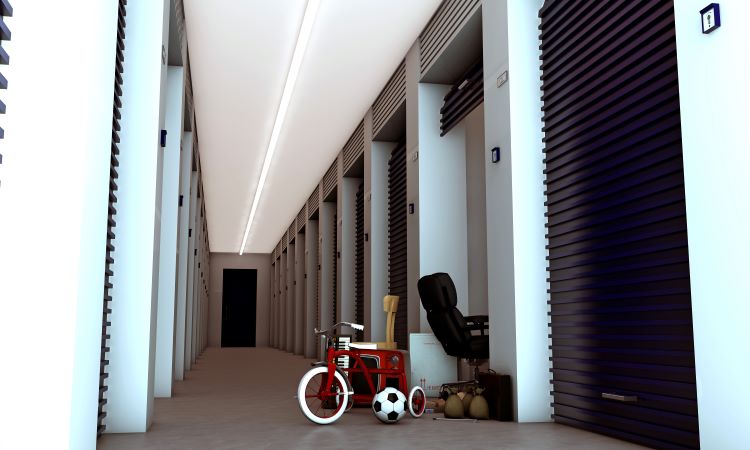
GET THE RIGHT SIZE
As you look for a storage unit, carefully consider what size you’ll need. Do you have lots of large items, like mattresses and large appliances? Or do you have lots of boxes? Do you want room to walk around inside your unit, or do you want to stuff it full?
Before you lock in on a particular unit, make a list of the items—large and small—that you hope to store in it. Roughly calculate how much space those items will take up, keeping in mind that you will be able to stack items. Then, decide if you need to weed out and get rid of items before taking your stuff to storage.
Before committing to a certain unit, be sure to inspect it. Look for any damage, like cracks or rust or sharp edges, that might indicate the unit isn’t sound. Do you see insects like roaches or mice droppings? That might mean there are openings by which they’re getting inside. Do you see evidence of leaks?
CONSIDER A CLIMATE CONTROLLED UNIT
Although they cost more, climate control is worth the extra money if you need to store items like photos, memorabilia, art, and certain types of clothing that can be ruined by moisture or heat. Furniture, electronics, or appliances can crack, warp, or mildew if exposed to excessive heat or moisture, but a climate-controlled unit will protect them from weather and temperature damage. If you don’t choose climate control, you’ll need to pack your items more carefully than you would for a unit with temperature control.
PICK THE RIGHT LOCATION
Is the unit near your home, or across town? If you anticipate visiting your unit often to retrieve items, then you’ll want it closer to where you live. Is the unit in a neighborhood that you would feel safe in if you had to access your unit at night? Does the unit seem to have a good security fence and gate?
PREP YOUR UNIT TO RECEIVE YOUR THINGS
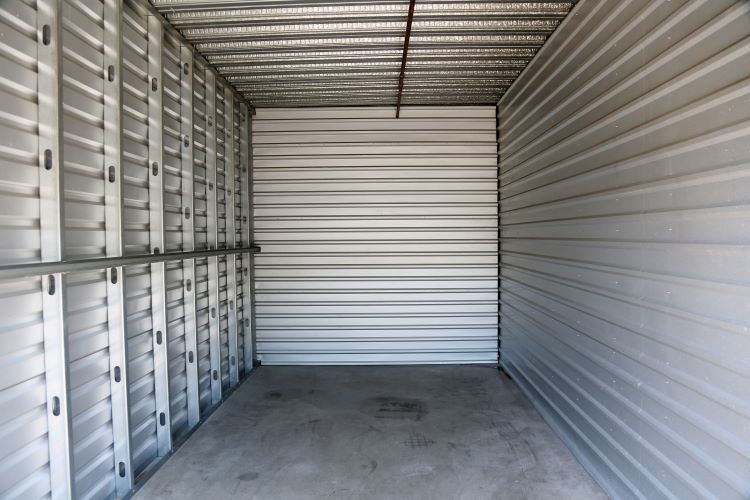
CLEAN THE UNIT THOROUGHLY
You don’t know what was stored in the unit before you got it, so make sure it’s clean before you store your stuff. Go beyond simply sweeping it out. Mop both the floors and the walls with soapy water; add disinfectant if you need to.
PREPARE AN OUTDOOR UNIT
If your unit is not climate-controlled and is outside, or if it has dirt floors instead of concrete, you may not want to store your items directly on the ground, where moisture and pests can damage them. Invest in some good tarps to spread over the floor and over your items, or get some wood pallets on which to place items to keep them off the floor.
INSTALL SHELVING
If you have a lot of boxes or bins, one of the best ways to organize them is to use shelves. You can buy shelving units in a variety of sizes and materials at stores like Home Depot. Just be sure you get shelves that can withstand the weight of the items you plan to put on them.
PREP THE THINGS YOU PLAN TO STORE
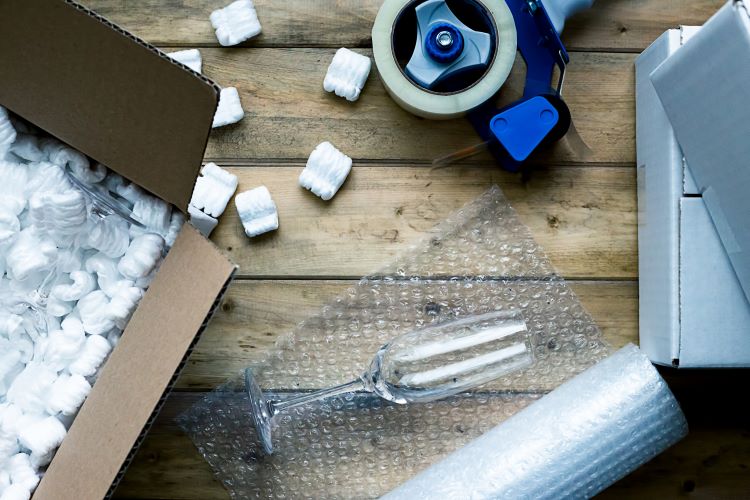
CLEAN ITEMS
Let’s face it, nothing is going to get cleaner while in a storage unit. In fact, what you store there is likely to get dirtier or more worn. Anything that goes in dirty—like clothes or furniture—can attract pests, mold, or mildew. Stains can get set into items, and worn places can grow worse. In addition, dirty items can make a unit smell bad. Items that should be cleaned before you store them include:
- FURNITURE Clean and dry upholstered furniture, and apply a leather cleaner to leather items. Wipe down wood furniture, and apply wax or lemon oil to keep wood from drying out.
- APPLIANCES Wipe the interior and exterior of appliances. Make sure items like washing machines and refrigerators are drained and dry inside.
- KITCHEN ITEMS Make sure all dishes, utensils, and cookware are clean.
- CLOTHING AND LINENS To keep from attracting moths and other insects and to prevent mildew, be sure to wash and thoroughly dry clothing, bedding, blankets, towels, etc.
- ELECTRONICS Dust electronics and wipe off fingerprints. If possible, store them in their original boxes, and cover those boxes with dust cloths or canvas sheets.
GATHER PACKING AND STORING SUPPLIES
You’ll need basic packing supplies. To store smaller or fragile items, you’ll need boxes in assorted sizes or plastic bins (see-through bins allow you to know what’s inside at a glance), packing tape, packing materials like bubble wrap or packing paper, and labels. For storing furniture and appliances, buy drop cloths to drape over items, or use old sheets or blankets. If you’re storing clothing, be sure you put them in airtight plastic bins with tight-fitting lids, so moths can’t get to them. You could also toss in a sachet filled with moth-repelling herbs like lavender, thyme, rosemary, or cloves, or place a cedar-scented sachet inside. To protect items from moisture, you can also buy DampRid Moisture Absorbers to place in your unit.
INVENTORY YOUR ITEMS
If you know exactly what’s in your storage unit, you won’t have to guess whether your flannel-lined jeans are in storage or lost in your closet when the weather turns cold. In addition, if you need to make an insurance claim, or if something happens to you and a family member needs to know about your unit, an inventory comes in handy. You can go old school and write everything down on paper attached to a clipboard, or you can create a spreadsheet. There are also some good home inventory apps you can use. Whatever method you choose, your inventory should include
- Name and location of the storage unit
- Item name and description (note any damage before you move it)
- A photo of the item (also include features that ID the item, like brand, serial numbers, and model numbers)
- Monetary value of expensive items (in case they’re stolen)
- How you packed the item (cardboard box, plastic bin, etc.) and how you labeled it
PACK AND LABEL BY CATEGORY
Instead of packing boxes with random items, try to pack by category. For example, pack only clothes in one box, instead of also tucking in vases and knick-knacks, and clearly label that box according to what’s inside (“winter clothes” or “kids’ costumes”). As you label, try not to be too general. For example, if you’re looking for your Christmas punch bowl, but all your boxes are labeled “Christmas,” you’ll have to open a lot of boxes to find it. If you can, list the contents on each box: Christmas tableware, Christmas ornaments, Christmas tree lights, etc.
DISSASEMBLE ITEMS
You’ll be able to store more in your unit if you take apart large items like bookshelves, bed frames, tables, and chairs.
ORGANIZE YOUR STORAGE UNIT AS YOU LOAD IT
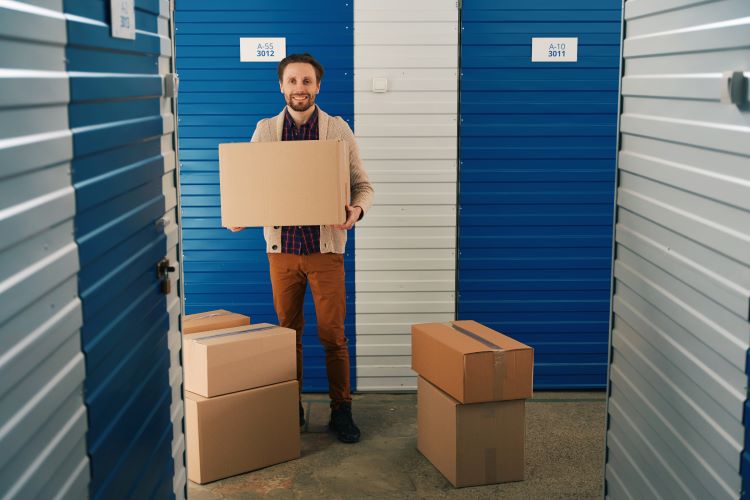
Organizing your unit as you move into it saves you from having to go back and organize it later. To make the most of your unit, try these organizing principles:
GO VERTICAL
For boxes, place the heaviest ones on the bottom, and place the lightest ones on top. Be sure to place boxes with fragile items on top, rather than on the bottom, where they can be crushed. Also, make sure your stacks are stable and not likely to topple over.
Use furniture like dressers and tables to help you go vertical. Stack items underneath them and on top of them, or place smaller, breakable items inside them.
THINK ABOUT ACCESSIBILITY
Place the items you don’t need to access often towards the back of your unit, and keep the items you might need to get to often near the front. For example, if you only get your winter skis out during the Christmas holidays, then they don’t need to be at the front of your unit. But if you have paperwork, clothes, or dishes you need to get to regularly, those need to be easy to find at the front of your unit.
LEAVE ROOM TO WALK
As you stack boxes, set up shelves, or otherwise arrange your unit, make sure you have space to walk around inside it, especially if you need to get inside it often.
MAKE A MAP
The best way to ensure you can find items quickly is to create a map of your unit. Before you move things in, draw up a plan for where they’re going to go. Or, after you’ve moved in, draw a map of where you put everything. Either way, you’ll have a map that’ll lead you right to that box of Christmas ornaments or those pool party supplies when you need them.
CALL SPACE MAKERS TO EMPTY YOUR STORAGE UNIT
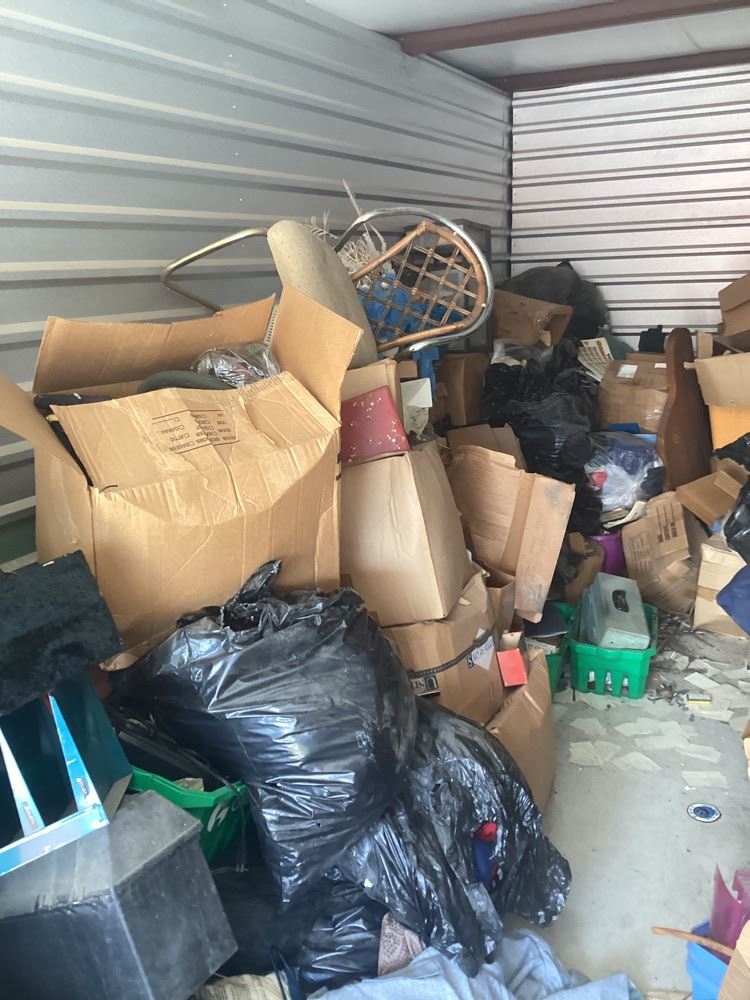
When you need a storage unit cleanout, but you don’t want to do it yourself, call Space Makers Junk Removal. No matter how full your storage unit is—or how disorganized—we’ll clear it out for you, and we’ll leave behind a space that’s empty and swept out.
CALL US TODAY to schedule a storage unit cleanout!

